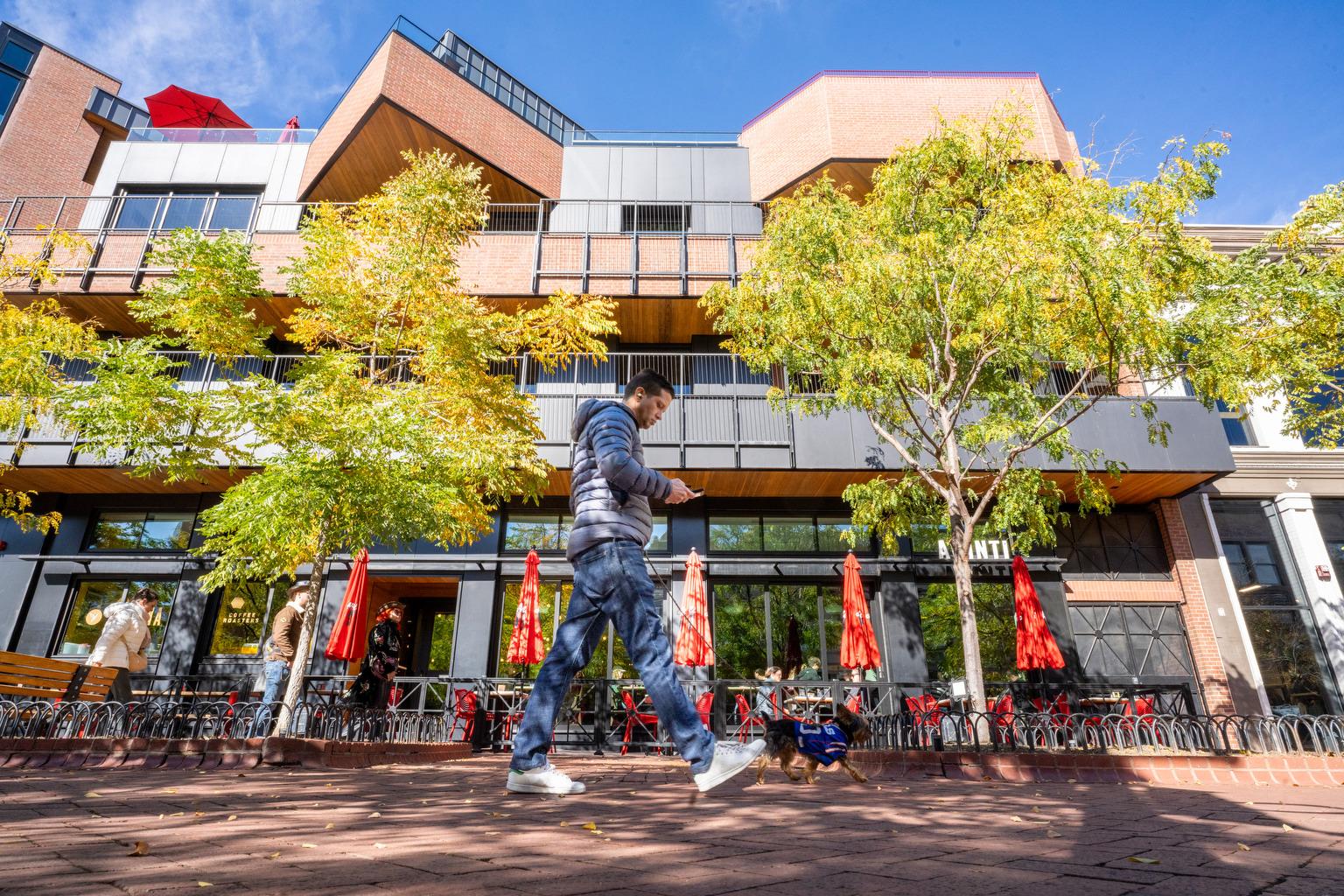There's no Xbox or PlayStation for most of the kids in the Rohingya refugee camps in Bangladesh. But there are kites.
In the late afternoon, a steady wind over the hills of the Hakimpara refugee camp. Young boys race to a ridge at the top of the settlement to fly homemade kites. Some of the "kites" are little more than a plastic bag flapping on a string. But some are more sophisticated with long tails and frilly tassels. "This is a new kite and I'm very happy with it," says 7-year-old Mohammed Arfat as he reels out string to a silvery kite 30 or 40 feet above him.
Arfat adds that any day he's not able to fly a kite, he feels upset.
I ask Arfat where he got his fancy new kite. He tells me that there's "this guy" who makes them and gives them away.
The "guy" turns out to be a 10-year-old named Fayes Khamal.
"It's easy to make kites but I need to find the materials," says Khamal. "And it takes a bit of time."
Khamal uses bits of castoff bamboo and opaque plastic sheeting to fashion his kites — leftovers from the shelters people build and bits of trash he finds. In the simple shelter Khamal shares with his parents, he splits bamboo into thin strips with a machete and uses the bamboo as a frame for the kite. Then he stretches the plastic sheeting over it, tying it with string to the bamboo. After he's made the diamond-shaped body of the kite, he cuts a plastic grocery bag into strips and teases the ends into frilly tassels. Khamal attaches these to the kite to make the tail and what he calls "arms" — strips of plastic that dangle from each side of the kite and flap wildly when it's flying in the air
"If it didn't have arms and a tail the kite won't fly well," he says. "It would spin around in the sky. It needs these extra pieces."
He says once he has the materials he needs, it only takes him about 20 to 30 minutes to build a kite. Khamal makes four or five a week and gives them away to younger kids. His mother, Yemma Kulsom, sews clothes to earn extra cash. Khamal often borrows her thread and needles for his kite projects.
Kulsom says her son taught himself how to make kites back in Myanmar about three years ago. She says they've gotten more and more sophisticated as he's gotten older. They were forced to flee, she says, after an attack by the military on Rohingya rebels.
"When we heard that soldiers were coming toward our village, everyone hid in the forest," she says. "When we emerged the soldiers had burned down our houses. That's when we decided to come here to Bangladesh."
Kulsom says her dream for her son is that he gets a good education. He attends a school that meets for two hours most afternoons.
In the mornings, he goes with his father to the edge of the camp to collect firewood. She says Khamal is a good student and she thinks maybe he could be a teacher when he grows up. Khamal says he'd prefer to be a shopkeeper.
For now, however, he's the "kite guy."
Once he finishes making his latest kite he takes it out for a test flight.
The camp is dry. Powdery beige dust covers just about everything. Khamal starts to run up a path that cuts between the shelters. His kite rises up behind him. It flits through the air like a fish fighting its way upstream. The opaque plastic shimmers in the sky. Its tail darts from side to side. Khamal beams up at his homemade kite. For a moment it's the brightest object in the camp.
9(MDEyMDcxNjYwMDEzNzc2MTQzNDNiY2I3ZA004))








